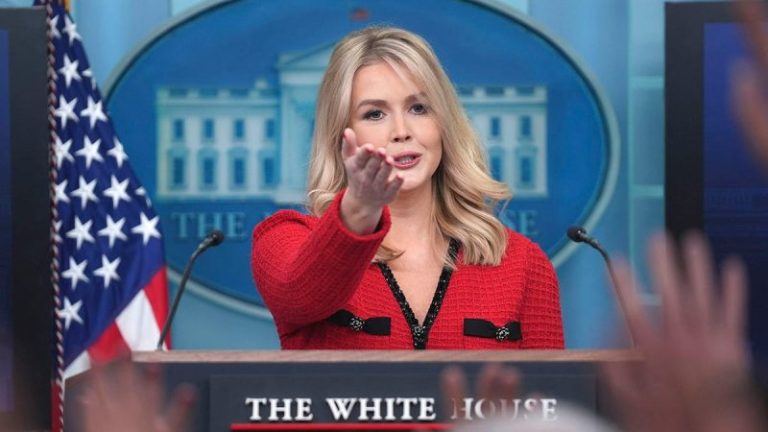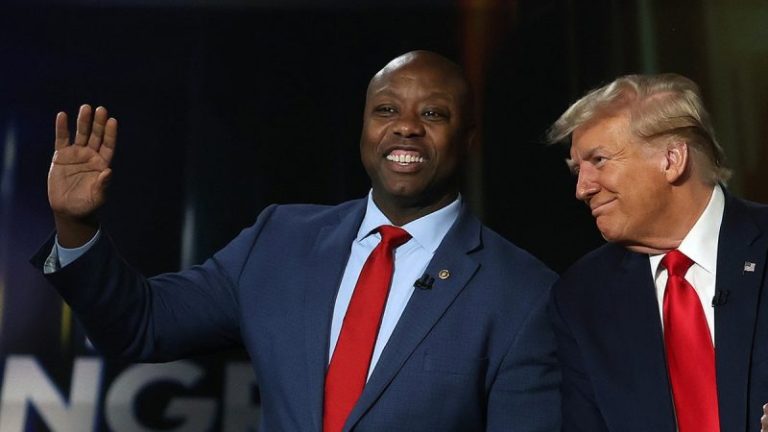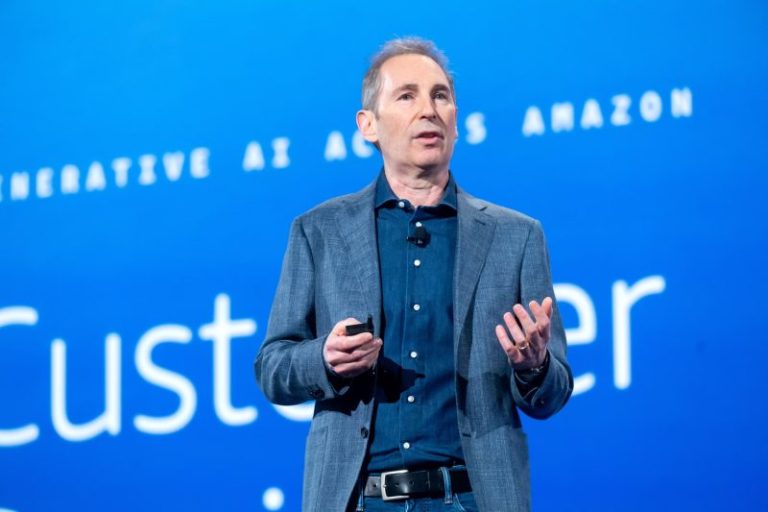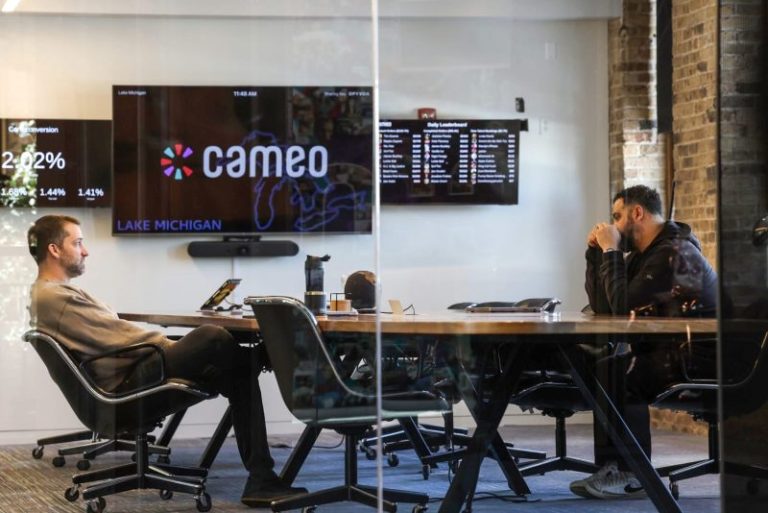White House press secretary Karoline Leavitt offered words of wisdom to young women across the nation from the stage at the Conservative Political Action Conference Friday evening, urging them to ‘stay strong, speak the truth,’ and believe in themselves.
Leavitt sat down for a fireside chat hosted by former White House communications director Mercedes Schlapp, who served during the first Trump administration.
Schlapp said young women across the country admire Leavitt, who is the youngest White House press secretary in United States history and are inspired by her.
Schlapp asked Leavitt what her message to young women is.
‘Stay strong, speak the truth and don’t let anybody tell you that you can’t achieve your dream, or you can’t get to that next step. Just believe in yourself,’ Leavitt said.
‘Because there will be a lot of people who don’t believe in you—who cast doubt on you, who talk bad about you,’ Leavitt said.
‘Screw ‘em,’ she said, drawing laughter and applause from the CPAC audience. ‘It doesn’t matter. It doesn’t matter.’
Leavitt, 27, served in the first Trump administration as a White House press aide. She then worked for Rep. Elise Stefanik, and later launched her own campaign for New Hampshire’s 1st congressional district in 2022. Leavitt served as national press secretary for the 2024 Trump campaign.
But Leavitt also praised the ‘amazing’ women working in the second Trump administration.
‘Look at the White House and look at the exceptional Cabinet President Trump has put together,’ Leavitt said. ‘While we don’t care about identity politics…the president has appointed Susie Wiles, our first female chief of staff in United States history; Brooke Rollins heading up as our secretary of agriculture—look across the entire Cabinet. There are incredible women—Linda McMahon, leading the Department of Education—the list goes on and on.’
‘The White House is full of working women,’ she continued. ‘In fact, I was going up the staircase in the West Wing today and saw two of my female colleagues, both of whom are pregnant having babies this year and they are working and they are saving America because President Trump believes in the best people for the job—the brightest people for the job.’
Leavitt is also a new mother to a seven-month-old baby boy.
‘It is the best thing ever,’ Leavitt said of being a mother.
When asked why she is doing what she is doing, Leavitt replied: ‘For him and for all of the other children in this country.’
‘We have a country to save,’ Leavitt said. ‘I want my son to grow up in a free and patriotic America that we can be proud of.’










